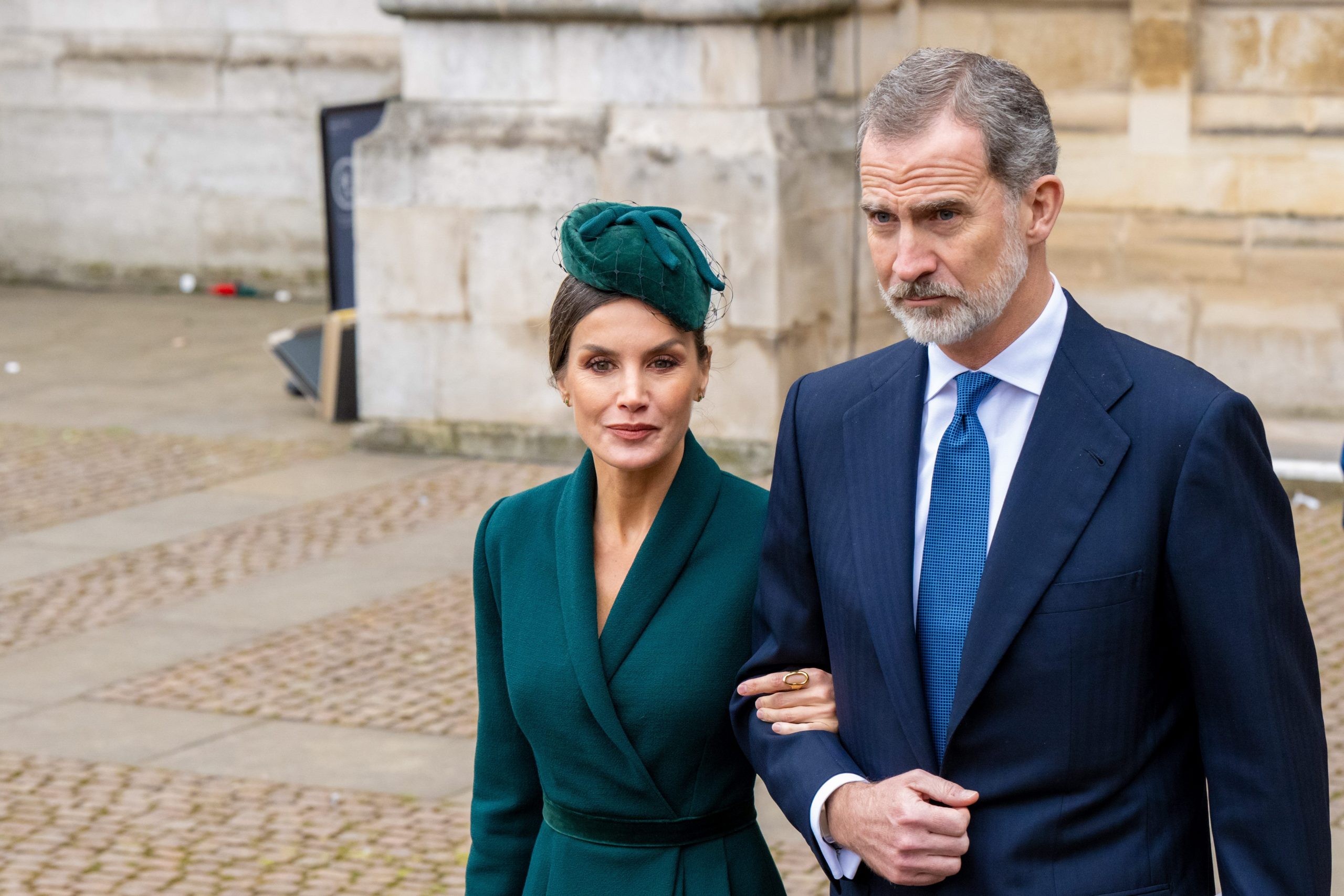The King of Spain
Felipe VI is the current King of Spain, having ascended to the throne in 2014 upon the abdication of his father, King Juan Carlos I. Born in Madrid in 1968, Felipe is the eldest child of Juan Carlos and Queen Sofía. He is a member of the House of Bourbon and a direct descendant of King Louis XIV of France.
The King of Spain, a man of great stature and influence, has witnessed the rise of a new star in the tennis world. Carlos Alcaraz, a young Spaniard, has taken the sport by storm, winning alcaraz grand slams and becoming the youngest world number one in history.
The King, a keen sports enthusiast, has no doubt been following Alcaraz’s progress with pride and admiration.
Role and Responsibilities, King of spain
As the reigning monarch of Spain, Felipe VI serves as the Head of State and Commander-in-Chief of the Armed Forces. He is responsible for representing Spain internationally, promulgating laws passed by the Cortes Generales (Spanish Parliament), and appointing the Prime Minister and other high-ranking officials.
Family and Personal Interests
King Felipe VI is married to Queen Letizia, a former journalist. They have two daughters, Leonor, Princess of Asturias, and Infanta Sofía. Felipe is known for his passion for sailing and has competed in several Olympic Games. He is also a keen sportsman and enjoys skiing, tennis, and football.
Historical Context of the Spanish Monarchy

The Spanish monarchy has a rich and complex history, dating back to the Middle Ages. Over the centuries, the monarchy has played a central role in shaping Spain’s political, cultural, and social development.
Origins and Evolution of the Spanish Monarchy
The origins of the Spanish monarchy can be traced back to the Visigothic period, when the Iberian Peninsula was ruled by a series of Germanic tribes. In the 8th century, the Visigothic kingdom was conquered by the Umayyad Caliphate, and the Iberian Peninsula became part of the Islamic world.
In the 11th century, the Christian kingdoms of northern Spain began to reconquer territory from the Muslims. In 1469, the marriage of Isabella I of Castile and Ferdinand II of Aragon united the two most powerful Christian kingdoms in Spain. Their union laid the foundation for the modern Spanish state.
Timeline of Significant Events and Key Figures
- 1492: Christopher Columbus discovers the Americas, leading to the establishment of the Spanish Empire.
- 1516: Charles I of Spain becomes Holy Roman Emperor, marking the height of Spanish power.
- 1700: The War of the Spanish Succession begins, leading to the end of the Habsburg dynasty in Spain.
- 1808: Napoleon Bonaparte invades Spain, leading to the Peninsular War.
- 1873: The First Spanish Republic is proclaimed, but it is short-lived.
- 1874: The monarchy is restored, with Alfonso XII as king.
- 1931: The Second Spanish Republic is proclaimed, but it is overthrown in 1936 by the Nationalists.
- 1939: Francisco Franco establishes a dictatorship in Spain.
- 1975: Franco dies, and the monarchy is restored, with Juan Carlos I as king.
- 2014: Juan Carlos I abdicates, and his son, Felipe VI, becomes king.
Role of the Monarchy in Shaping Spain’s History and Culture
The Spanish monarchy has played a central role in shaping Spain’s history and culture. The monarchy has been a symbol of unity and stability during times of turmoil. It has also been a patron of the arts and sciences, and has helped to promote Spanish culture around the world.
The King’s Role in Modern Spain: King Of Spain
In contemporary Spain, the King’s constitutional powers are largely symbolic, with the country operating as a parliamentary monarchy where the Prime Minister and the Cortes Generales (parliament) hold the primary political authority. The King’s role is primarily ceremonial and representative, serving as a symbol of national unity and the embodiment of the Spanish state.
Official Duties and Public Appearances
The King’s official duties include presiding over the Council of Ministers, signing laws and treaties, and appointing the Prime Minister. He also performs ceremonial functions such as opening the parliamentary session, presenting awards, and attending military parades. Additionally, the King makes public appearances at cultural events, charity functions, and official visits to foreign countries.
Symbolic and Ceremonial Significance
The Spanish monarchy retains a strong symbolic and ceremonial significance in modern society. The King is seen as the embodiment of the nation’s history, traditions, and values. His presence at official events and ceremonies lends a sense of continuity and stability to the country. The monarchy also plays a role in promoting Spanish culture and heritage both domestically and internationally.
Felipe VI of Spain has reigned since 2014, and his wife, Queen Letizia, is known for her elegant style. However, when it comes to fashion icons, Kate Middleton is a global superstar. Her timeless looks and ability to mix high and low fashion have made her a favorite of royal watchers and fashion enthusiasts alike.
But even the King of Spain himself has been known to admire Kate’s style, which is a testament to her enduring influence on the world stage.